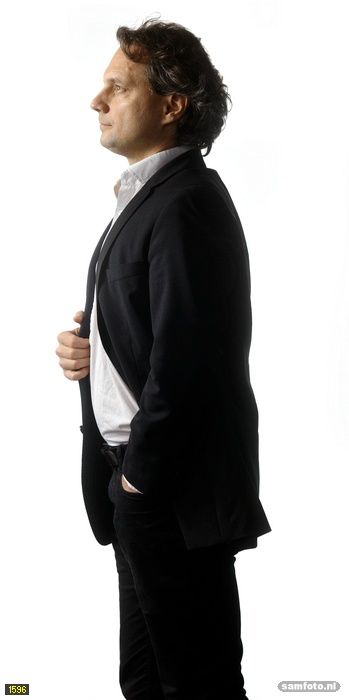View
Professor Peter Palensky (intelligent electrical power grids) fathoms the consequences of increasing demand and simultaneous out phasing of conventional power generation for the power grid. “That's a big ... challenge.”
The grid itself is experiencing a lot of changes on all edges and of course it has to catch up, it has to respond and change, because as it was the last hundred years, that is over. There are many new aspects, mainly due to our decarbonisation efforts and all the renewables such as wind and solar. The common aspect is that they are varying.
The dynamics that we had in the grid in the past was dominated by big rotating machines, and these are phased out now. These machines were the reason that everything was fine, thanks to their mass and inertia they were swallowing every problem, they were keeping everything stable. Everybody relies on that inertia, even the renewables. They feed in, but they can only feed in because there is still enough inertia out there. The moment you have more and more renewables and less and less inertia, we have to change things. So researchers are now very busy in designing new controls, new protection and new principles that work with less and less and less inertia. Up to the extreme case of only power electronics in the grid.
The scenario of 100% varying renewables is calculated by different countries to see how much storage they would need if all our conventional generation units would be replaced by green ones, and if we assume that there will be two weeks cold winter days, cloudy, and no wind. This is the worst-case scenario that people usually take, and it's several up to dozens of terawatthours of storage that you need, depending on the size of your country. The point is, this is a lot of energy. And no matter how you store it, it's massive. If this energy jumps out of its storage ... it's extremely dangerous. You cannot fool physics. It's energy and if you don't have it properly contained, and it gets loose, it will wreck.

Photo © Sam Rentmeester
But there are some storage types that we are good in, that we are experienced with. Currently, also in the Netherlands, hydrogen is a big topic. There are new, big hydrolysers in megawatt scale where you take wind power from somewhere and produce hydrogen, store it, in some form of gas in a cavern underground. The storage of caverns can reach terawatthour scale. This kind of storage is of national magnitude, they can buffer for an entire country over seasons. You produce in summer and you use in the winter.
That's one direction; the other direction is storage on substation level and on household level. That also makes sense, mainly in preventing capacity problems. I mean transport electrification and heat pumps alone would need a factor three in our distribution grids in upgrades. Not only is that very expensive, it would also mean extensive
cable works in our crowded cities - forget it! So that's a big ... challenge. You'll need more intelligence in the grid and distributed storage. It will be a puzzle of different principles and technologies to modernise the grid.”